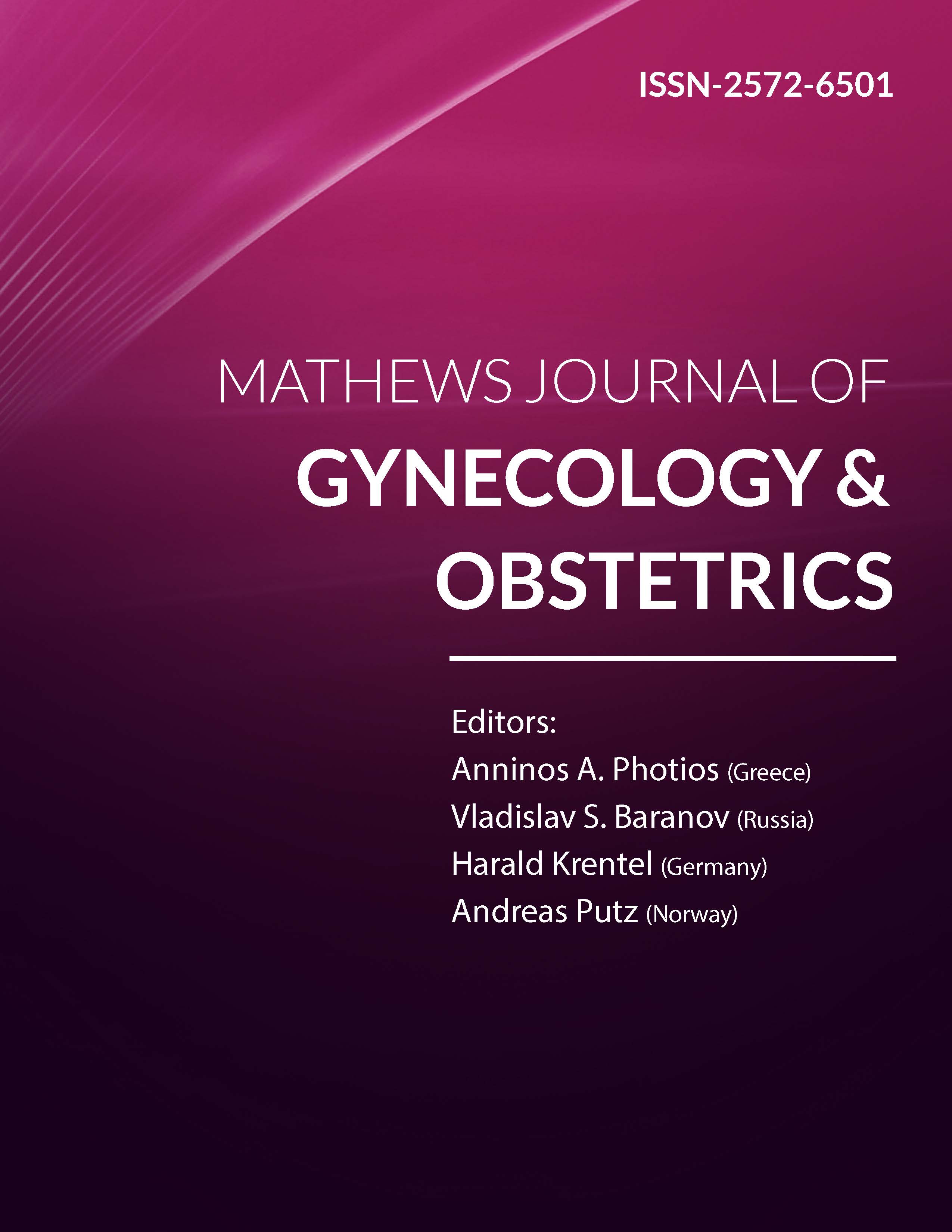
Information Links
Previous Issues Volume 3, Issue 1 - 2018
Prevention of Cerebral Palsy Caused By Intrapartum Fetal Brain Damage with Novel Hypoxia Index
Kazuo Maeda
Department of Obstetrics and Gynecology, Tottori university medical school, Yonago. Japan.
Corresponding Author: Kazuo Maeda, Postal address: 3-125 Nadamachi, Yonago, Tottoriken, 683-0835 Japan, Tel: 81-859-22-6856; Email: [email protected]
Received Date: 26 Dec 2017
Accepted Date: 11 Jan 2018
Published Date: 14 Jan 2018
Copyright © 2018 Maeda k
Citation: Maeda k. (2018). Prevention of Cerebral Palsy Caused By Intrapartum Fetal Brain Damage with Novel Hypoxia Index. Mathews J Gynecol Obstet. 3(1): 013.
ABSTRACT
Aims: Late deceleration (LD) was known to relate to ominous outcome. However, even 3 connected LDs resulted in vigorous neonate. A possible contradiction were there to be elucidated. An early delivery may not prevent cerebral palsy after the loss of fetal heart rate (FHR) variability, as it is the sign of fetal brain damage. Thus, the vicious signs should be predicted before arriving disaster.
Methods: Some recommendations were proposed; early delivery in the loss of FHR acceleration or repeated decelerations, however, there was no description concerning the number of decelerations. Taking these into account, all of late, early, variable decelerations and sudden acute continuous FHR bradycardia were studied using novel hypoxia Index (HI), which was the sum of duration (min) of decelerations divided by the lowest FHR (bpm), and multiplied by 100. Among cases with HI values 25 and 26 developed the loss of FHR variability followed by fetal brain damage and cerebral palsy, while cases with HI 20-24 in abnormal FHR developed neither loss of variability nor cerebral palsy.. The preceded study thus suggested a feasibility of early delivery when HI was increasing in the level below 25.
Results and discussion: The HI of 3 LDs was 6 and its neonate was vigorous, while HI was 26 in the loss of variability and infantile brain damage in repeated LDs in 50 min, where the discrepancy of LD was solved by the HI. Also, the HI was 25 in the loss of variability followed by cerebral palsy, while there was neither loss of variability nor cerebral palsy in cases HI being 20-24.
Conclusion: The threshold of HI was 25 to develop the loss of variability followed by fetal brain damage and cerebral palsy. An early delivery is recommended, when the HI is increasing in the level below 25, thus, the HI is verified to incorporate in the soft wear of computerized FHR monitoring.
KEYWORDS
Fetal Heart Rate; Late Deceleration; The Loss Of Variability; Fetal Brain Damage; Cerebral Palsy; Hypoxia Index; Early Delivery